Overview
To thrive in your online wine business, understanding the market landscape is paramount. Establishing a robust business model, developing effective direct-to-consumer sales strategies, crafting compelling brand narratives, and optimizing wine club memberships for customer retention are essential steps. These five components are critical for success, underscoring the importance of market analysis, strategic planning, and customer engagement. By focusing on these elements, you can build a sustainable and profitable online wine venture that not only meets the needs of your customers but also stands out in a competitive market.
Introduction
Navigating the online wine business landscape presents both exciting opportunities and formidable challenges. As consumer preferences evolve and e-commerce continues to flourish, wineries must adapt to remain competitive. This guide outlines essential strategies that promise to enhance success in the online wine market—from understanding market dynamics to crafting compelling brand narratives.
However, with so many options available, how can a winery effectively differentiate itself and build lasting customer loyalty in an increasingly crowded space? The answer lies in embracing these strategies and positioning your brand for enduring success.
Understand the Online Wine Market Landscape
To excel in the online wine business, it is imperative to start with a thorough analysis of the current market landscape. Begin by examining:
- Consumer preferences
- Emerging trends
- The competitive environment
Leverage resources such as:
- Industry reports
- Market analysis tools
- Consumer surveys
to gather essential data. Notably, the rise of direct-to-consumer (DTC) sales channels is crucial; these avenues are increasingly vital for wineries seeking to convert casual buyers into dedicated club members.
Understanding your target audience's demographics, purchasing habits, and preferences is key to effectively tailoring your offerings. This knowledge not only with consumer desires but also strengthens your market positioning. Furthermore, it is essential to monitor competitors closely to identify their strengths and weaknesses. This analysis can provide valuable insights that inform your strategic direction moving forward.
In summary, by adopting a comprehensive approach that combines market research with a keen understanding of consumer behavior and competitive dynamics, you can position your online wine business for sustained success.
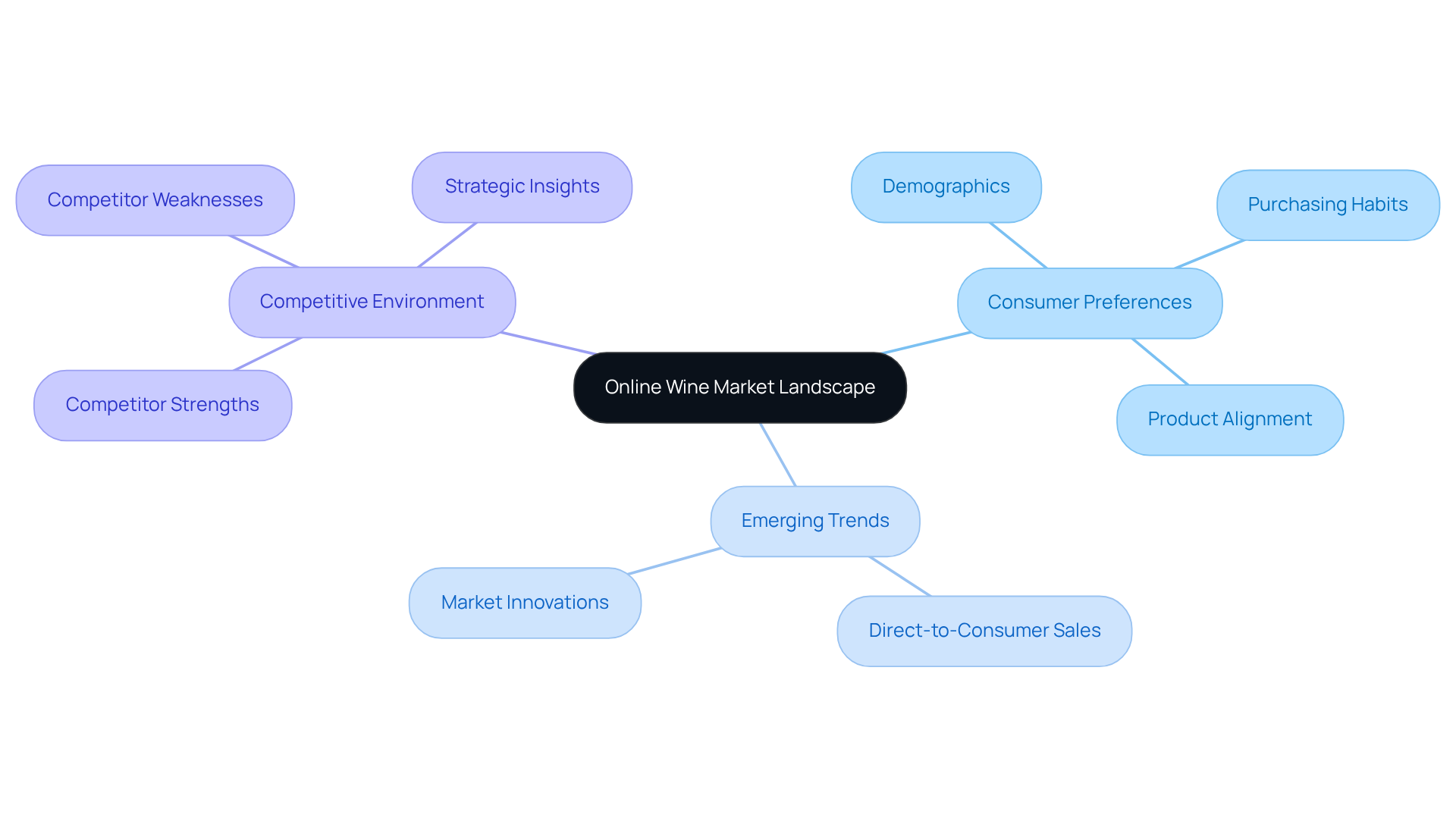
Establish a Robust Business Model
Begin by defining your business model with a clear focus on your target market, pricing strategy, and distribution channels. Will you sell directly through your website, or will you also utilize third-party platforms? Enocap's extensive advisory services can assist you in unlocking direct-to-consumer revenue, converting casual buyers into devoted club members through proven strategies such as club optimization and brand narrative development.
Identify your revenue streams, which may include:
- Wine sales
- Subscriptions
- Events
Additionally, create a comprehensive financial plan that outlines your startup costs, projected revenues, and break-even analysis. This plan will serve as a roadmap for your business, empowering you to make informed decisions and attract potential investors or partners. Furthermore, Enocap's can assist in securing the right partners and capital for your growth.
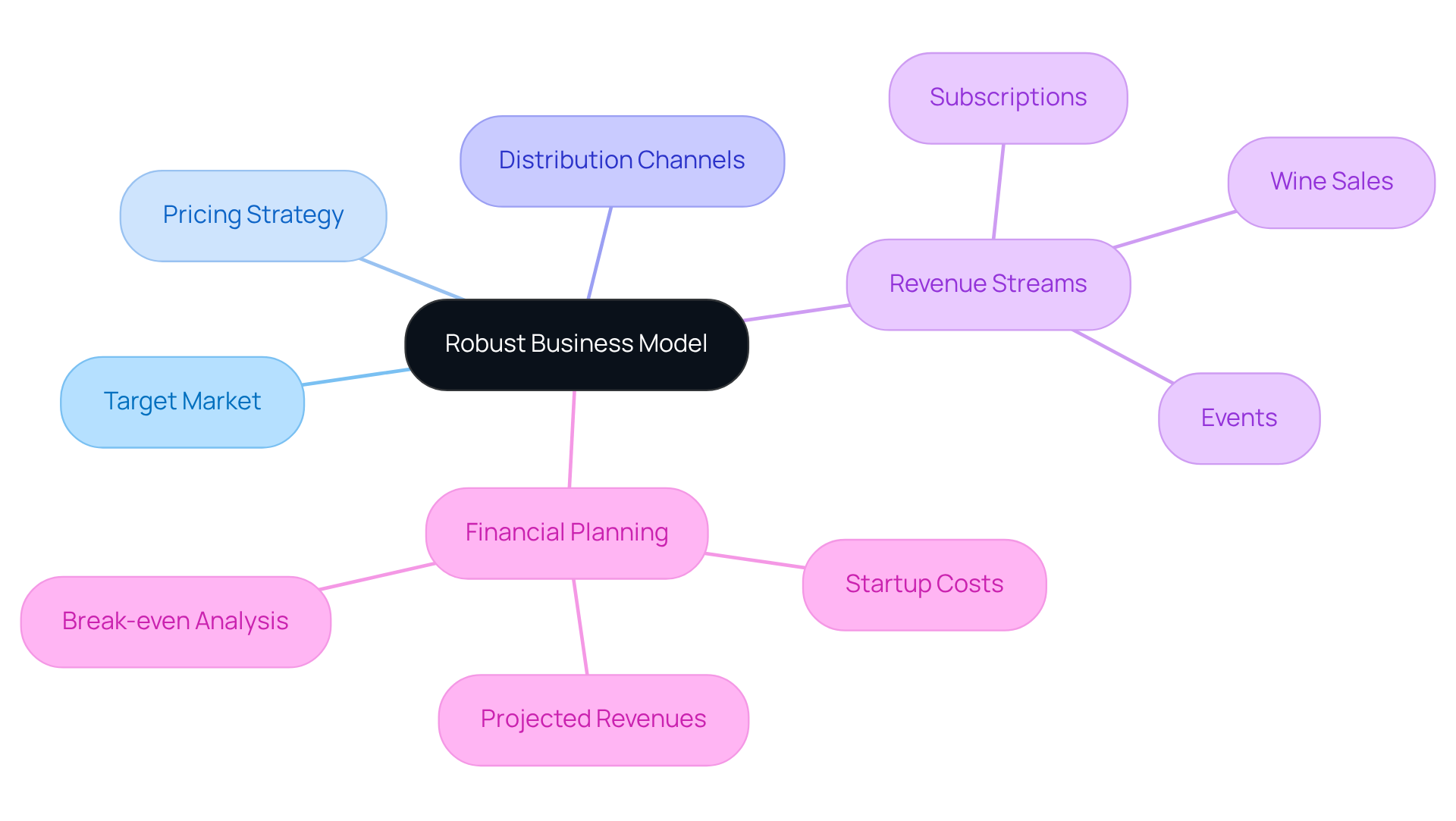
Develop Direct-to-Consumer Sales Strategies
To develop successful direct-to-consumer (DTC) sales tactics, producers must prioritize website optimization for their online wine business. A user-friendly, visually appealing, and mobile-responsive site is essential, especially as mobile shopping continues to rise, reflecting a significant shift away from desktop usage. Implementing SEO best practices is crucial for enhancing visibility in search engine results, which directly impacts the online wine business. Engaging with customers through social media platforms not only promotes your wines but also fosters community and brand loyalty.
Offering exclusive online promotions, virtual tastings, or limited-edition releases for an online wine business can create excitement and urgency among consumers. Additionally, leveraging email marketing to maintain relationships with customers is vital; personalized offers and updates about new products or events can significantly enhance customer retention. By continuously tracking sales data, wineries can refine their strategies, ensuring they adapt to changing consumer preferences and market dynamics.
Incorporating strategic capital planning into these efforts is essential for long-term sustainability. Wineries should contemplate how to allocate resources efficiently to support their DTC initiatives and boost development. As we look ahead to 2025, the integration of these strategies in the online wine business becomes more critical than ever, given the rapidly evolving e-commerce landscape. Wineries that embrace these practices will not only improve their sales performance but also build lasting connections with their customers, positioning themselves for in a competitive industry.
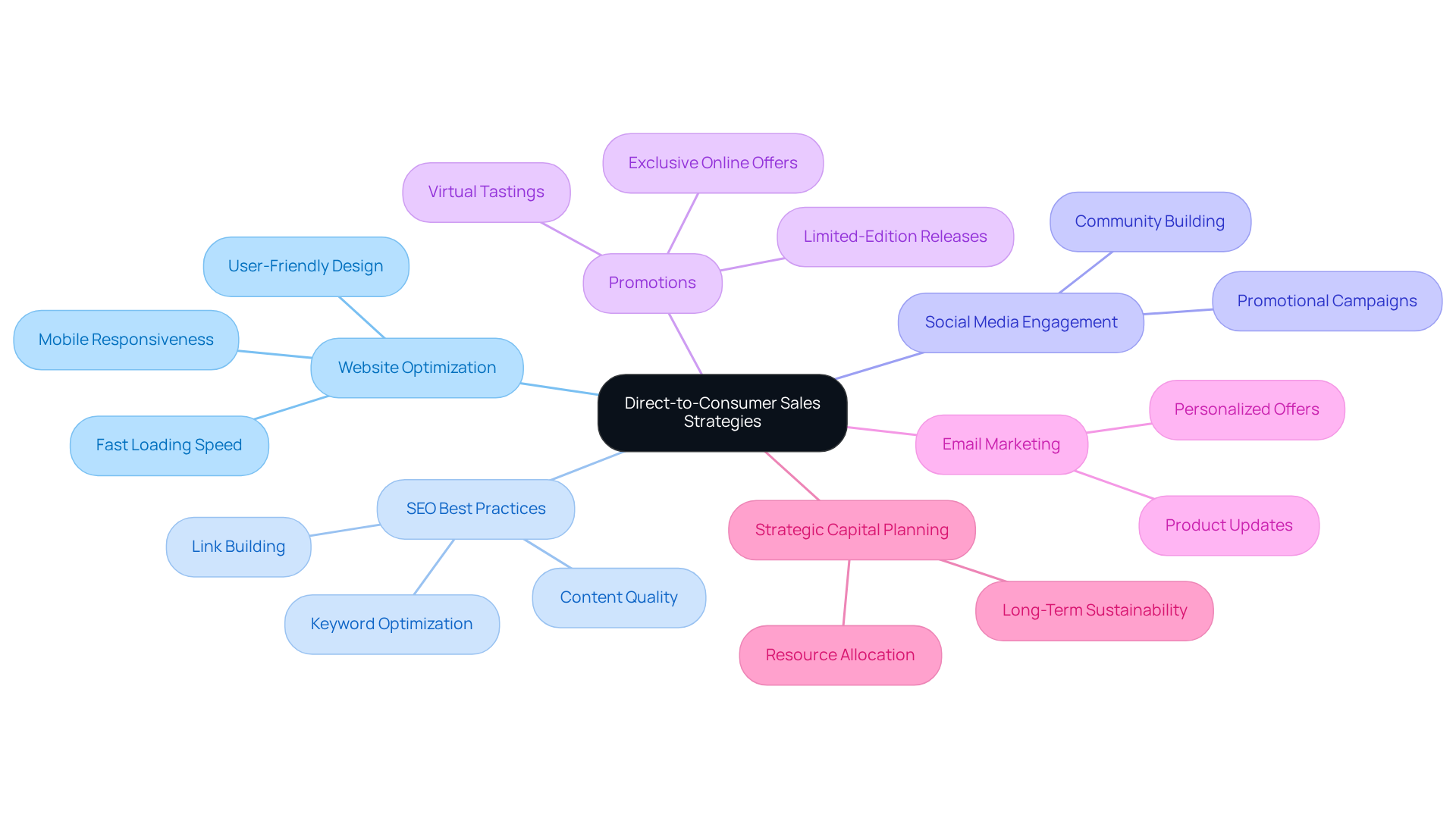
Craft Compelling Brand Narratives and Marketing Strategies
Craft a compelling brand narrative that encapsulates your winery's heritage, values, and unique offerings. By leveraging direct-to-consumer strategies, you can transform casual buyers into loyal club members. Share captivating stories about your crafting process, the individuals behind the brand, and the inspiration for your beverages. This narrative should resonate across all marketing channels, including your website, social media, and email campaigns.
Produce engaging materials such as blog articles, videos, and infographics that not only showcase your brand narrative but also inform customers about your products. Collaborate with influencers or wine bloggers to broaden your reach and enhance your credibility. Additionally, consider strategic capital planning to support your development initiatives, whether through debt, equity, or acquisition opportunities.
Consistency in your messaging is crucial; it reinforces your brand identity and attracts a loyal following. Ultimately, this approach will drive for your business, ensuring that your winery stands out in a competitive market.
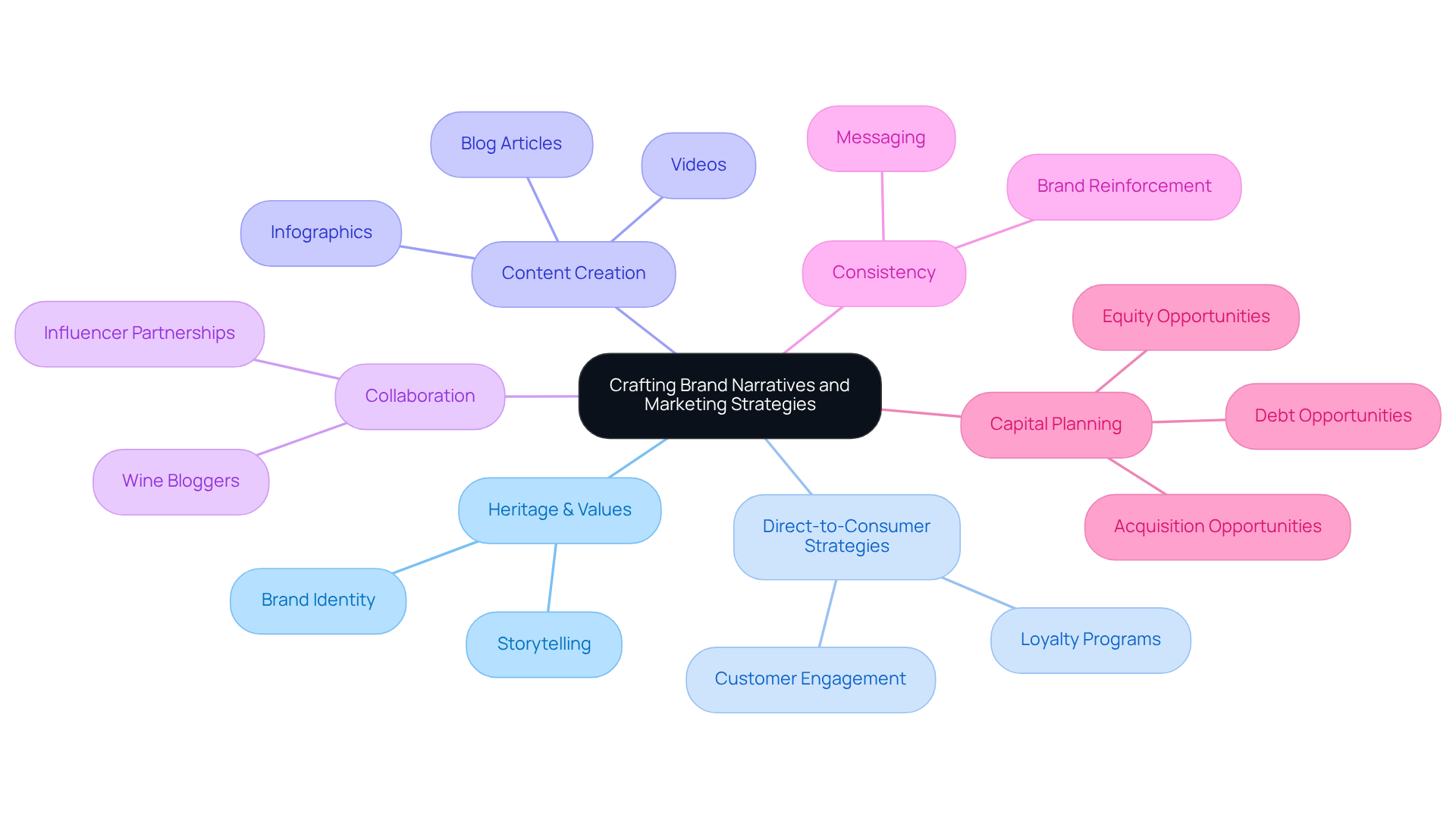
Optimize Wine Club Memberships for Customer Retention
To enhance your and convert occasional purchasers into devoted club members, it is essential to begin with a thorough assessment of your existing offerings. Consider implementing tiered membership levels that deliver varying benefits, such as exclusive access to limited releases, discounts, or special events. This strategy not only captures attention but also builds interest among potential members.
Consistently connect with your members through newsletters, providing updates on new products, upcoming events, and tailored suggestions that convey your establishment's unique narrative. Engaging members with exclusive experiences, such as virtual tastings or behind-the-scenes tours, deepens their connection to your brand and generates desire for membership.
Furthermore, solicit feedback from members to understand their preferences and improve your offerings accordingly. By crafting compelling narratives and strategically planning your membership structure, you can establish a well-structured wine club that enhances customer loyalty and drives consistent revenue for your family-owned winery. This approach not only addresses the challenges faced by the audience but also provides actionable insights for success.
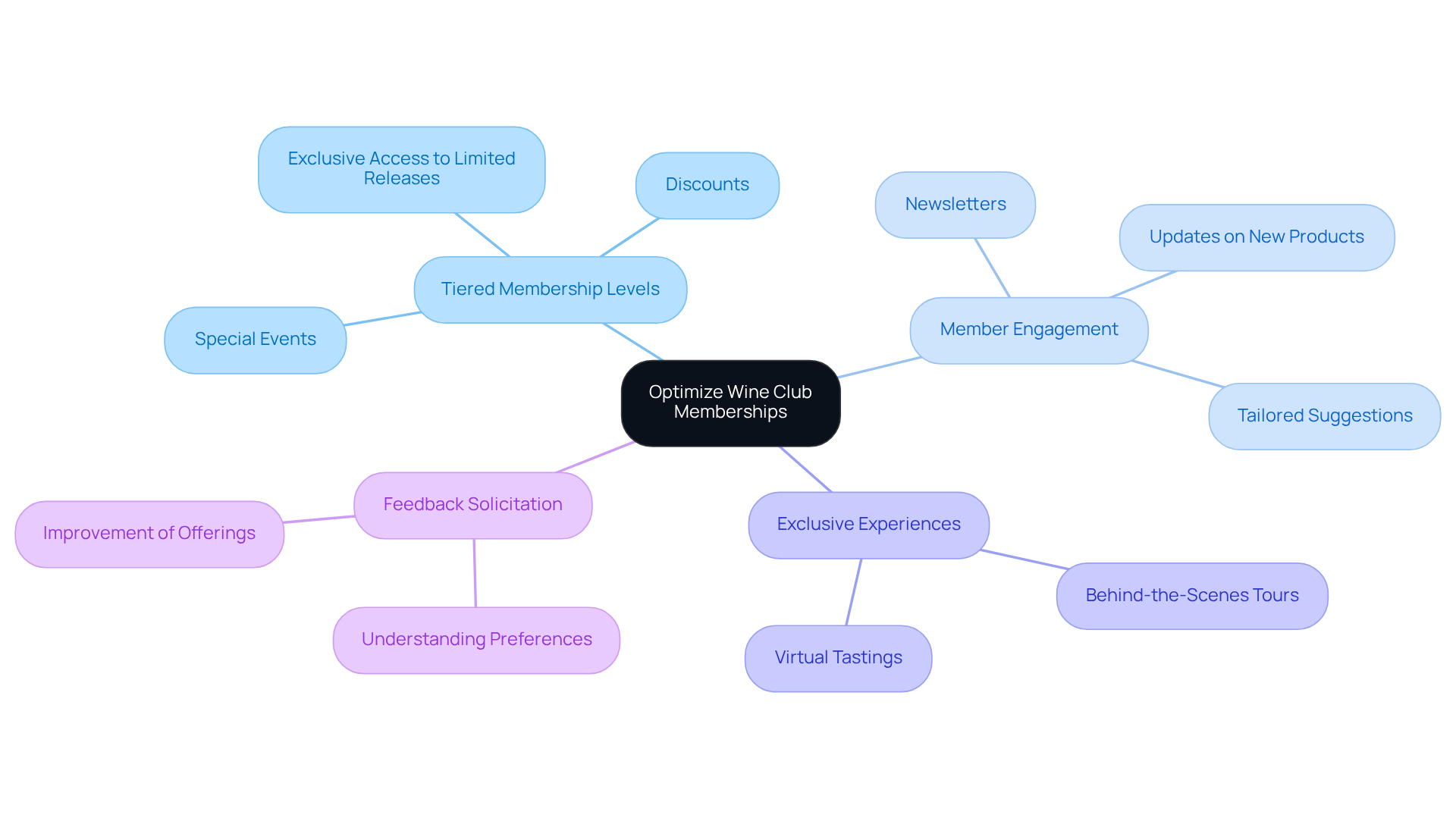
Implement Strategic Capital Planning for Growth
Implement a strategic financial planning process to identify funding needs and opportunities. Begin with a thorough evaluation of your financial condition to pinpoint the capital required for development initiatives—whether that means increasing production, enhancing marketing efforts, or investing in technology.
Consider a range of funding options, including:
- Tailored debt
- Equity investments
- Grants that cater to your establishment's unique requirements
Craft an engaging business case for prospective investors, emphasizing your expansion potential and the distinctive value proposition of your winery. Regularly review and to ensure alignment with evolving market conditions and your business goals.
Leverage Enocap's expertise in strategic capital planning and direct-to-consumer strategies to secure the right partners and capital for sustainable growth.
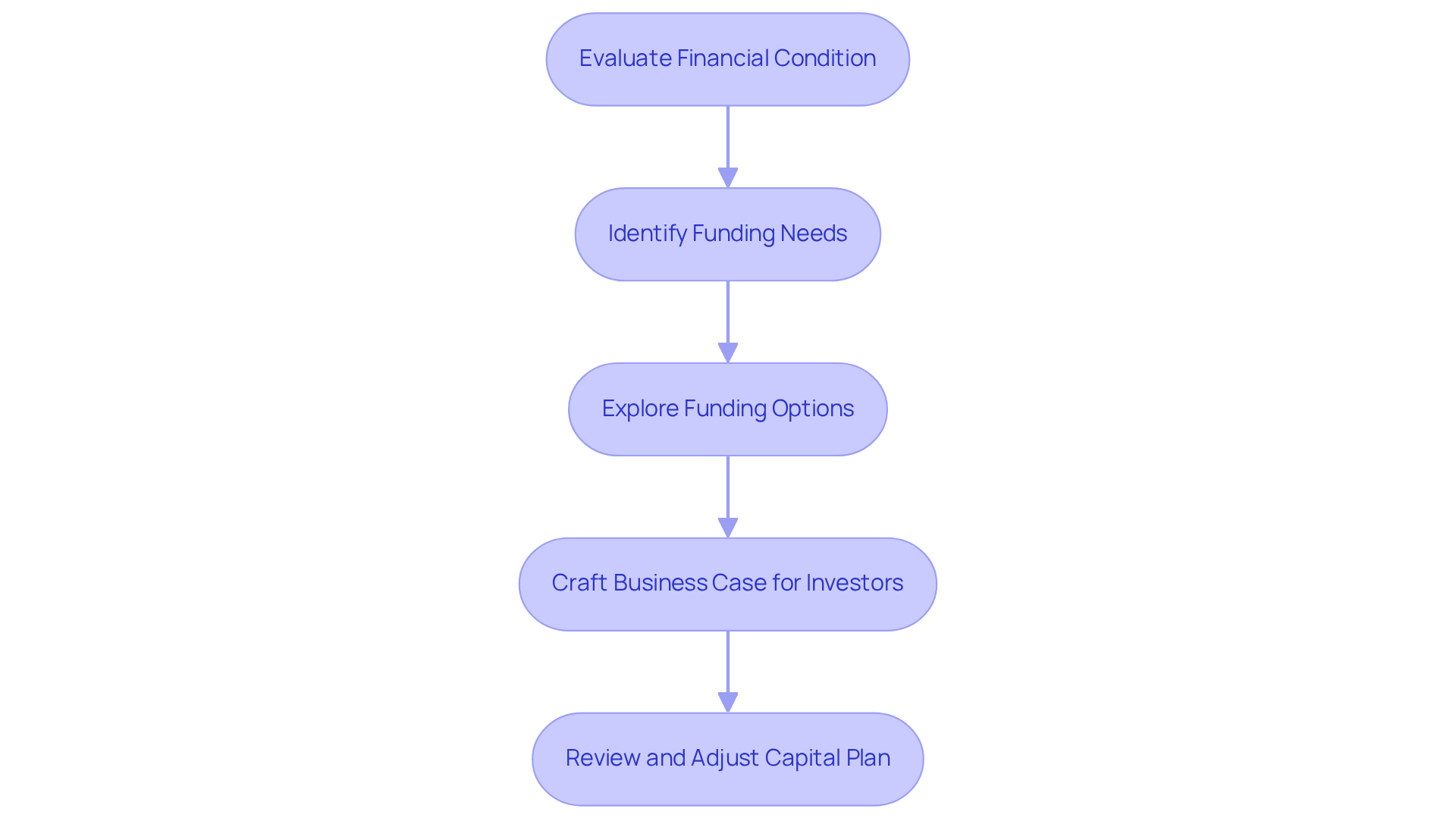
Conclusion
To thrive in the online wine business, a multifaceted approach is essential. Understanding the market landscape, establishing a robust business model, and developing effective direct-to-consumer sales strategies are crucial for wineries to create a solid foundation for success. Additionally, crafting compelling brand narratives and optimizing wine club memberships play a pivotal role in building lasting customer relationships and driving revenue.
Key insights from the article emphasize the importance of:
- Thorough market analysis
- Strategic capital planning
- Implementation of innovative marketing techniques
By focusing on consumer preferences and emerging trends, wineries can tailor their offerings to meet the evolving demands of the market. Furthermore, leveraging direct-to-consumer sales channels and engaging storytelling can significantly enhance brand loyalty and customer retention.
The journey to success in the online wine market transcends mere product sales; it is about creating a memorable experience that resonates with consumers. As the industry evolves, embracing these strategies will not only position wineries for growth but also foster a deeper connection with their customers. Taking action now to implement these insights can set the stage for a prosperous future in the dynamic world of online wine sales.
Frequently Asked Questions
What should I analyze to understand the online wine market landscape?
To understand the online wine market landscape, you should analyze consumer preferences, emerging trends, and the competitive environment.
What resources can help gather essential data for the online wine business?
Useful resources include industry reports, market analysis tools, and consumer surveys.
Why are direct-to-consumer (DTC) sales channels important for wineries?
DTC sales channels are crucial as they help wineries convert casual buyers into dedicated club members.
How can understanding target audience demographics benefit an online wine business?
Understanding target audience demographics, purchasing habits, and preferences helps tailor offerings, enhancing product alignment with consumer desires and strengthening market positioning.
What should be included in a robust business model for an online wine business?
A robust business model should define the target market, pricing strategy, distribution channels, and revenue streams, which may include wine sales, subscriptions, and events.
How can I optimize my direct-to-consumer revenue?
You can optimize direct-to-consumer revenue by utilizing strategies such as club optimization and brand narrative development, often with the assistance of advisory services like those offered by Enocap.
What components should be included in a comprehensive financial plan for a wine business?
A comprehensive financial plan should outline startup costs, projected revenues, and a break-even analysis, serving as a roadmap for informed decision-making and attracting potential investors or partners.




